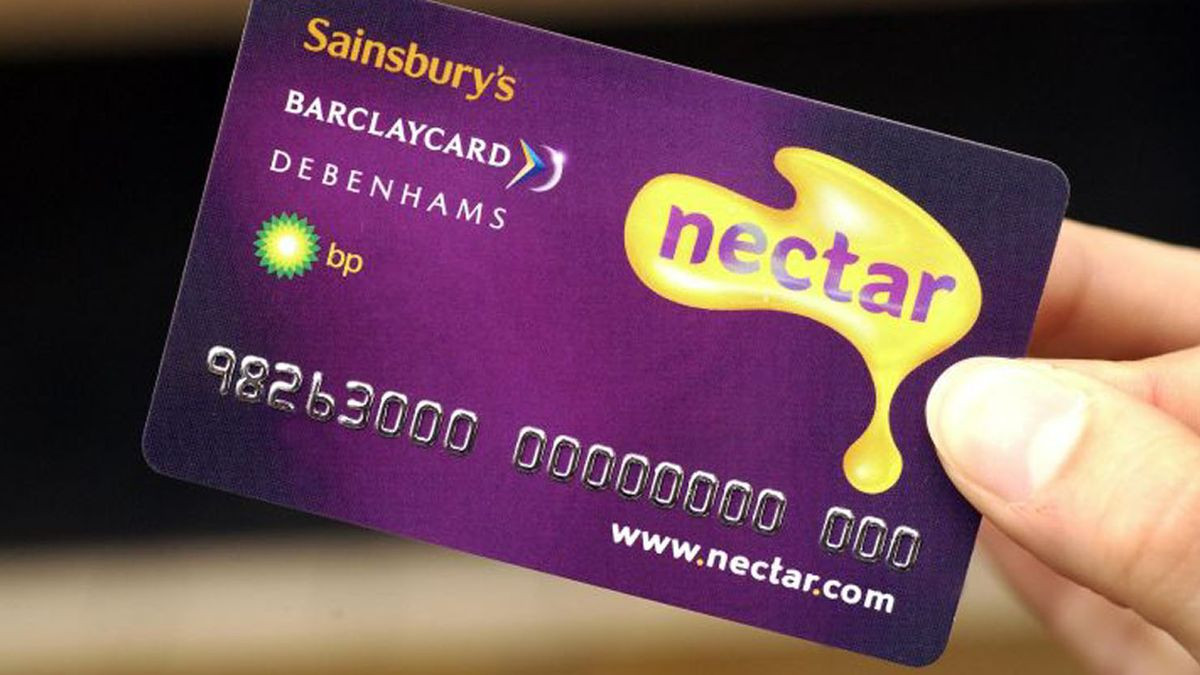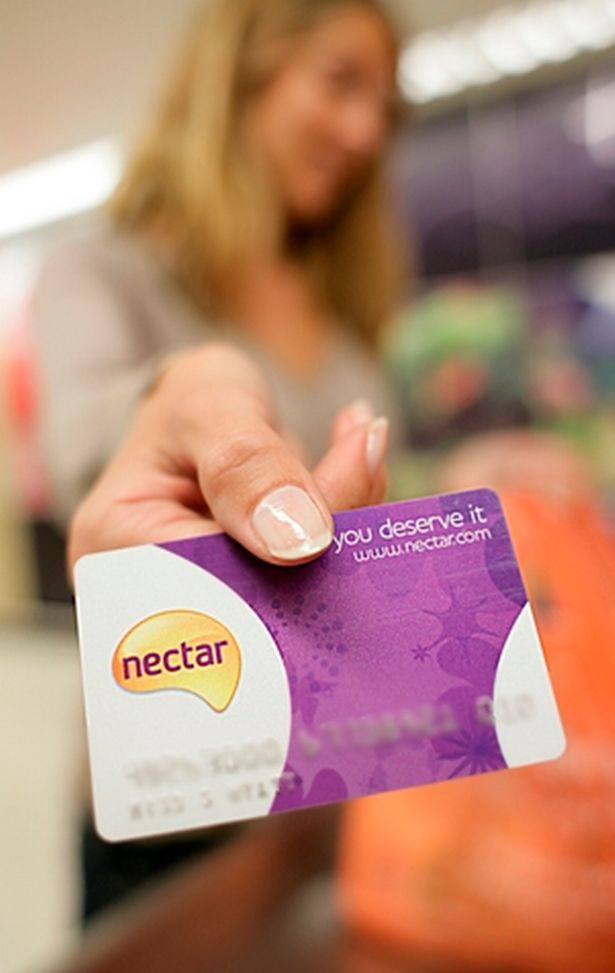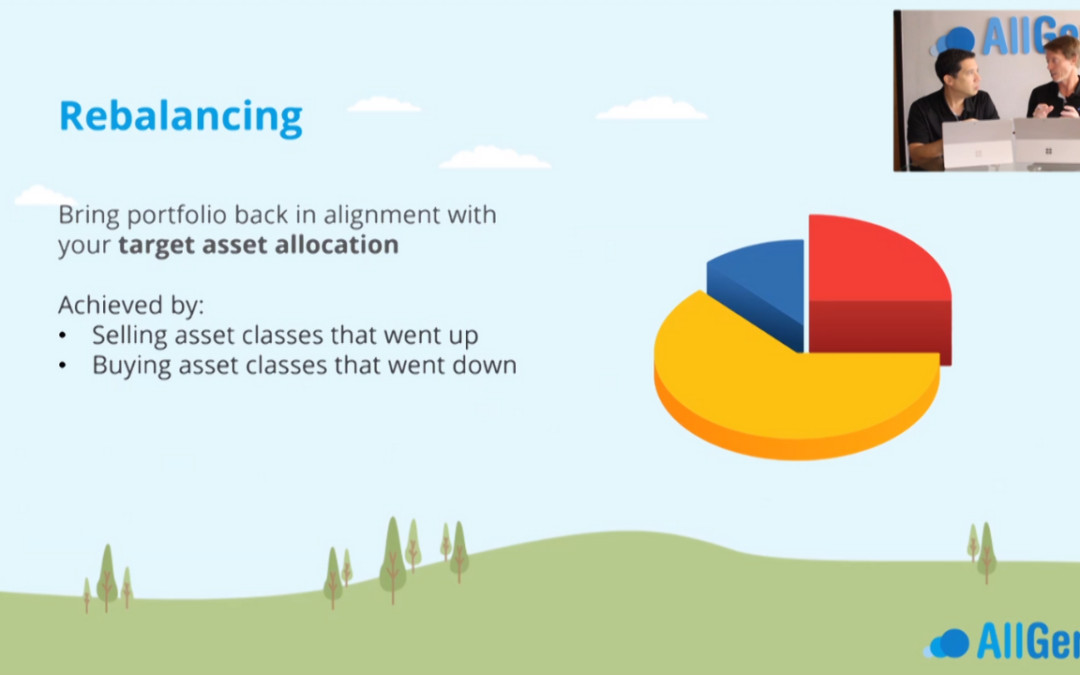Sainsbury's Nectar Card Warning: Are You Losing Hundreds?
Sainsbury's shoppers, are you maximizing your savings? A recent study by Which?, a prominent consumer champion, has issued a stark warning: Sainsbury's customers, even those using Nectar cards, may be significantly overspending compared to budget supermarkets. This revelation follows a year-long price comparison across major UK supermarkets, shedding light on potential savings for savvy shoppers.
Aldi's Reign as the Cheapest Supermarket
Which?'s extensive research, involving daily price checks on a standard grocery trolley throughout 2024, crowned Aldi as the undisputed cheapest supermarket for the entire year. This consistent affordability places Aldi ahead of its competitors in terms of value for money. The detailed analysis considered a basket of 56 branded and own-label items, providing a comprehensive picture of supermarket pricing. Lidl, another budget supermarket giant, closely trailed Aldi, averaging only £1.99 more per month.
The Price Difference: A Significant Gap
The price gap between the budget supermarkets and the traditional chains was substantial. For example, in December, Aldi's average shopping trolley cost £100.29. In contrast, Sainsbury's customers with Nectar cards faced a bill of £112.13, while those without the card paid an even higher £116. This translates to a weekly saving of £12 for Nectar cardholders or a staggering £624 over the entire year.
Waitrose: The Most Expensive Option
At the other end of the spectrum, Waitrose consistently emerged as the priciest option. The study found Waitrose to be the most expensive for the larger shop every month except for September, when Sainsbury's held the unenviable title (for shoppers without a Nectar card). The price difference between Aldi and Waitrose was particularly striking, with Waitrose's basket costing almost £30 more than Aldi's. This significant disparity underlines the wide range of pricing across UK supermarkets.
The Impact of Loyalty Schemes
The Which? study highlighted the impact of loyalty schemes. While Nectar cards offer some discounts, they don't always negate the cost difference between budget and traditional supermarkets. This finding emphasizes the importance of comparing prices across all supermarkets, considering the effect of loyalty schemes and other discounts.
Tesco's Performance
Tesco, another major supermarket chain, fell somewhere in between. Its Clubcard holders experienced the most wallet-friendly prices, with an average shopping basket costing £111.22; non-members faced a marginally higher bill of £112.90. Despite this relatively lower cost, Tesco's pricing still pales in comparison to the budget options offered by Aldi and Lidl.
The Bottom Line: Shopping Smart in 2025
The Which? report serves as a wake-up call for consumers, highlighting the significant potential savings from shopping strategically. By comparing prices across supermarkets and taking advantage of loyalty schemes where beneficial, shoppers can save a considerable amount of money throughout the year. The substantial difference in prices between Aldi and Waitrose — a difference of nearly £30 — reinforces the need for careful budget planning and price comparison before making grocery purchases.
The study's editor, Harry Rose, emphasized the potential for significant savings by switching supermarkets. He advised consumers to shop around to minimize expenses, especially considering the post-festive financial pressures faced by many households. His comment underscores the necessity of making informed shopping decisions to maximize savings and manage household budgets effectively. The research not only illuminates the affordability of budget supermarkets but also motivates consumers to adopt more price-conscious shopping habits to secure better value for their money. Remember, smart shopping means looking beyond your usual choices and taking the initiative to compare prices across the board. The potential for significant savings is out there; it just takes a bit of effort and research to find it.


















